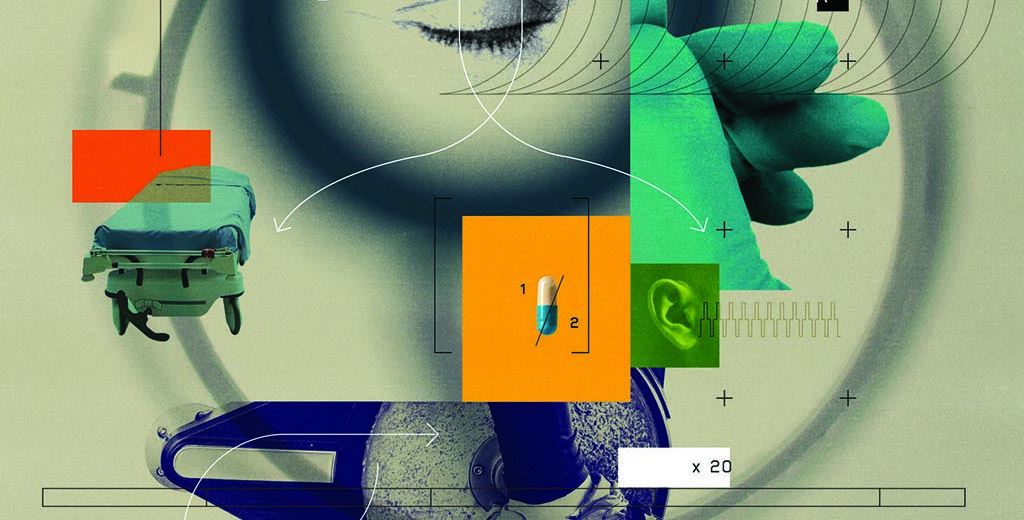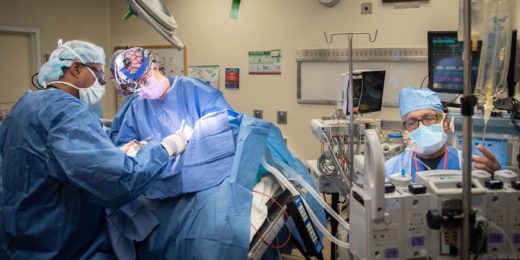When facing a major surgery, many patients count down the days with fear and apprehension. But they could be using that time to prepare for recovery.
Stanford researchers have found that better preparation -- both mental and physical -- can help patients lead healthier lives with less pain after an operation. A story in the latest issue of Stanford Medicine magazine describes programs and features designed to ease the process of surgery and recovery for patients -- including an intensive care unit dedicated to surgical patients at the new Stanford Hospital.
Jonathan Wosen writes:
Many doctors, including Cindy Kin, MD, assistant professor of surgery, compare the stress surgery places on the body to running a marathon. Running for hours and lying on an operating table might seem like polar opposites, but general anesthesia stresses the heart, and even having minor surgery can be exhausting.
That got Kin thinking -- if you wouldn't run a marathon without training, why would you have surgery without preparing?
Kin enrolled 250 colorectal surgery patients into a study to see if strengthening the body before surgery through "prehabilitation" could speed recovery. They used a prehab app that encouraged participants to walk 5,000 steps a day, do strengthening exercises and to eat a healthy, Mediterranean diet.
The prehab seemed to pay off.
After surgery, the participants used half as much opioid medication per day in the hospital compared to a control group of surgical patients without the extra preparation.
Some amount of pain is inevitable after a major surgery, but pain psychologist Beth Darnall, PhD, says that fear of the pain will only intensify it, keeping patients in a heightened state of stress and tension. This may be why up to one tenth of surgical patients develop chronic pain.
Darnell examined pain's mind-body connection in a study of women who underwent breast cancer surgery. Women in the test group were offered relaxation tips and opportunities, provided an explanation of the relationship between pain and emotions and encouraged to complete a personalized plan for surgical success.
According to the study's results, women in the test group stopped their pain medication five days earlier, on average, than those in the control group. A version of this program, called Empowered Relief, is available at Stanford Hospital and through health care providers throughout the United States and several other countries.
Patients also can prepare mentally for surgery by talking with their doctors about the risks and possible outcomes of the surgery, and by expressing their fears and goals. Surgery resident Kimberly Kopecky, MD, gained ample experience with this type of conversation during a one-year hospice and palliative medicine fellowship. To share what she learned with her colleagues, she created a series of courses about communicating with patients, including one this year in which surgical residents role-play sensitive conversations.
In Wosen's story, Kopecky explains:
It's about practice...In the operating room, we practice suturing, stapling and cutting all the time. So why would we think we can learn these skills without practicing them?
These and other advances are helping Stanford Health Care patients thrive after surgery. Toni Notar, a literacy specialist from Hollister, California, was a patient who volunteered for Kin's prehab study. She told Wosen:
Just the difference in how I feel is a blessing. I have so much more energy and, I don't know how to explain it, but I'm a very happy person now.
Illustration by Stuart Bradford






